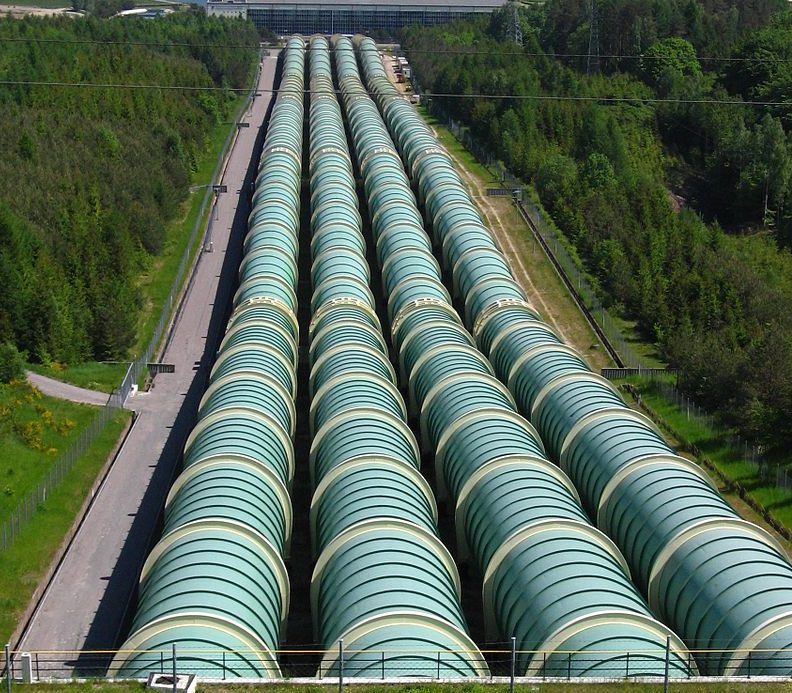From pv magazine India
Torrent Power, a private-sector integrated utility in India, has signed an agreement with the state government of Maharashtra to develop three pumped storage hydro projects aggregating to 5.7 GW capacity.
The projects will involve an estimated investment of INR 27,000 crore ($3.27 billion) and will provide employment to around 13,500 people during the construction phase.
The company plans to execute the projects over a period of five years. The projects would be executed at three sites: Karjat (3 GW) in Raigarh district, Maval (1.2 GW), and Junnar (1.5 GW) in Pune district. All of the sites are off-stream, and the projects are planned to provide a minimum of six hours of energy storage daily.
Torrent Power, with a turnover of around $3 billion, is one of the largest companies in the Indian power sector, with a presence across the entire power value chain of generation, transmission, and distribution.
The company currently has an aggregate installed generation capacity of 4.1 GW, mainly consisting of clean sources such as gas (2.7 GW) and renewables (1.07 GW). It also has a renewable capacity of 0.7 GW under development and is now strategically entering the storage space.
Popular content
In a separate development, state-owned hydropower producer NHPC is exploring pumped storage projects in several states, including Andhra Pradesh, Jharkhand, Karnataka, Madhya Pradesh, Maharashtra, and Odisha.
NHPC has completed the pre-feasibility report (PFR) for the Indira Sagar Omkareshwar Pumped Storage Scheme (525 MW) in Madhya Pradesh. It has also submitted the PFR for the Tekwa-2 Pumped Storage Scheme (800 MW).
In July 2022, NHPC signed an MoU with DVC to explore the formation of a joint venture company for hydropower and pumped storage projects. NHPC has received the letter of award for preparing the PFR for the Panchet Hill Pumped Storage Project (600 MW).
With the increasing share of renewable power in the grid, energy storage becomes crucial for load management and meeting peak demand. Pumped storage hydro, a proven and cost-effective technology, involves two water reservoirs at different elevations. Water is pumped to the upper reservoir during excess power and released to generate power during peak demand.
Pumped storage hydro offers advantages over batteries, including lower cost, longer lifespans of 40 years, and the ability to provide six to 10 hours of storage with multiple cycle operations during the day.
This content is protected by copyright and may not be reused. If you want to cooperate with us and would like to reuse some of our content, please contact: editors@pv-magazine.com.



“ mainly consisting of clean sources such as gas (2.7 GW) and renewables (1.07 GW).”
there’s nothing clean about fossil gas generation. methane is 100x as potent a heating GHG compared with CO₂ over a ten year time horizon. and 34x over the hundred year time horizon. all fossil ga extraction and transmission leaks methane. fossil gas extraction also has many negative public health impacts on local communities and ground water resources.
in comparison to coal power, gas power is at least as damaging to the climate. (ref Howarth et al Bridge to Nowhere paper 2014). also coal co-emits cooling aerosols along with its heavy load of CO₂ and black carbon etc. and this masks it heating impact to some extent, until coal is closed.
please don’t use gas industry propaganda when referring to gas turbines as clean generation, it isn’t on multiple levels.